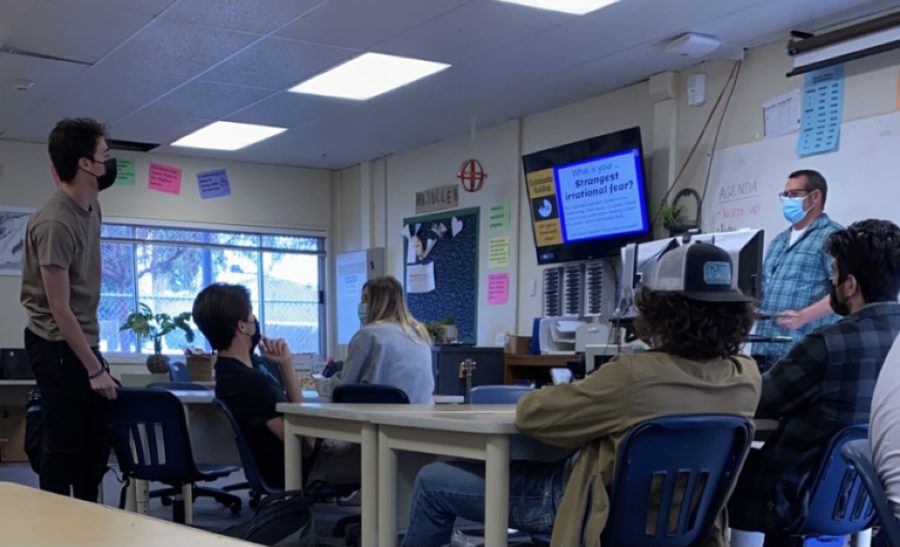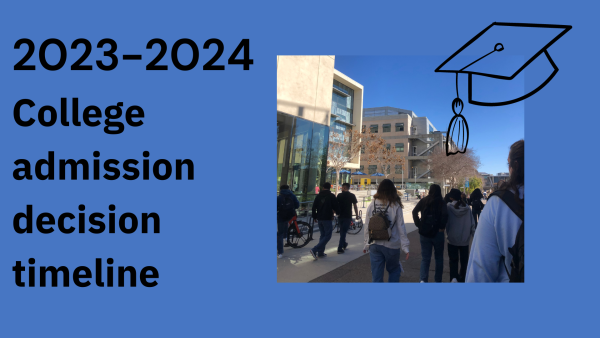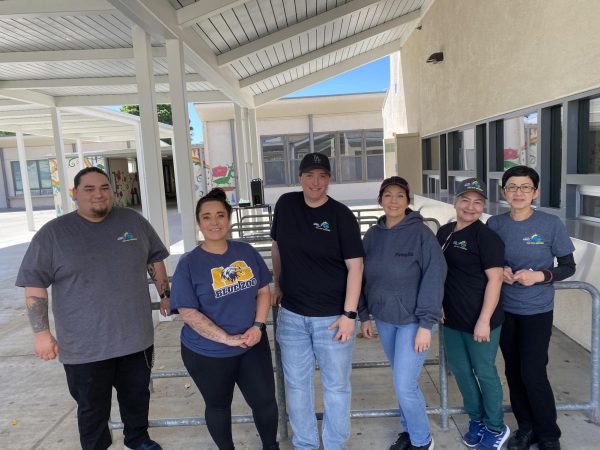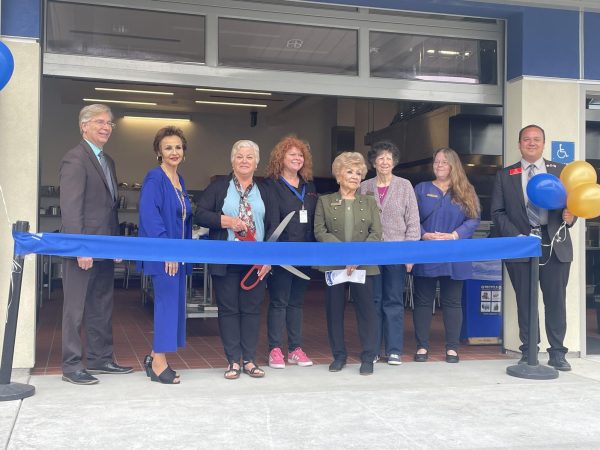Assessing Advisory
What’s working? What isn’t?
Tuller’s Advisory Class
Last year AGHS introduced an advisory program upon the request of the district office.
This was to provide students with a space where they can get information to help navigate the turbulent nature of distance learning.
During online school, as well as during this current year, Area Administrator Sara Osborne manages advisory, alongside counselors Alyssa LaBrado and Joanna Molina.
“The idea of advisory is not new,” Osborne said. “We as a staff have been talking about it for years.”
Following positive feedback, a vote was taken to decide whether advisory would return along with students into the 2021-2022 year, and 86% of teachers approved.
“Not all teachers were on board because they’re really busy and it’s another thing that they have to do,” Osborne said. “[But] I think that we up in the office have seen a need for it for a long time.”
“We are up here right now getting to experience students all day every day so we have this unique perspective of what students are going through,” Molina explained.
According to Osborne, the primary intentions of advisory are culture building, connection building, and increasing campus-wide communication.

“We are aware that advisory is doing a good job at general messaging,” Osborne said, “…and we are not hitting the target at building connections yet.”
Time constraints pose a large obstacle to connection building. Many students don’t feel as if they know their class or advisory teacher well enough yet – a potential issue when advisory is intended to be a space for advice and discussion.
“It’s not a secret that it’s hard for teachers and students alike to only have [advisory] once for 30 minutes a week,” Osborne said. “The reality is that nobody feels comfortable in their classes during the first two weeks of school, and that is essentially how long you have been with your advisory teachers.”
This issue likely will fade with time, especially for freshmen, who will remain with the same advisory teacher for their entire high school career. It can also be a smoother transition for freshmen who had advisory just recently in middle school. As a result of these factors, most of the backlash is coming from juniors and seniors.
“Seniors are tough because they’re already in their mode,” Molina said. “There are some connections, but they just aren’t as genuine as we would like them to be right now.”
This sentiment is shared by LaBrado. “Seniors definitely get the raw end of the deal because they only get [their advisory teacher] once and it could be a teacher they’ve never met.”
Although the process is slow, the advisory staff has plans to speed up the process and encourage easier discussion.
“There are intentions behind the program that are really hard to meet in a half-hour, once a week,” Osborne said. “We are working towards it; we are redesigning.”
“We hope to implement some activities that would allow students to express themselves without feeling on the spot,” LaBrado remarked.
The advisory staff received many complaints saying that the content isn’t useful to students. Although the advisory staff works to provide relevant information to each grade level, students are still frustrated at how complacent a lot of the content can come across as.
“I think that a misconception about advisory is that we are trying to teach [students] how to behave,” Labrado said. “Really the intention of advisory is to provide a space for conversation, but that is really hard.”
“A lot of it is just planting a seed,” Molina added. “We know that [students] are going to have [their] [own] opinions of things.”
By sparking conversations about relevant topics, the advisory staff hopes to involve students and teachers who wouldn’t typically talk to each other.
“That cross-culture is important, especially with the huge socio-economic divide we have in this town,” Molina said.
If students better understand each other, they can more easily relate, and become comfortable with people they might not initially relate to.
Through creating a small community in advisory, Osborne hopes that students will be able to communicate to teachers and peers more easily about the issues that they are encountering in school when they might not have another outlet to do so.
“Some kids fall through the cracks,” Osborne said. “AGHS is a school that has over 2,000 students and so some kids are involved in programs that give them a connection to someone on campus, so when they’re struggling somebody notices and can hook them up to the right person or place or thing. But some kids aren’t and that was part of the hope of what advisory would do.”
At the end of October, a survey was given in advisory to help the administration get feedback from the students on various issues.
One question in particular, “Do you feel safe at school?” had an alarming response, with a large percentage of students saying they do not feel safe.
The survey accomplished its goal of providing insight into students’ thoughts on AGHS as well as launching discussions within advisories about the results. However, many students were upset about how the situation was handled.
Osborne addresses this. “Recently we asked people to reflect on the survey data. I heard from teachers and kids some great things and some really not great things. I heard from students that it seemed the adults were saying ‘This is your problem, go fix it.’ If I could just speak to that, the adults are actively working to fix it. We just can’t do it without the kids.”
The advisory staff has a few different ideas on how to avoid similar miscommunications in the future.
“We want a student board,” Osborne suggested, “so we can run [material] through students and get feedback.”
“We’re always open to suggestions,” Molina added. “If the students could feel like they are in the driver’s seat in regards to advisory I would love that.”
Despite the criticism of the program, the three remain hopeful that advisory will be an effective way to reach all students, especially the ones that don’t have other close teachers they can talk to.
“I think that advisory is a long-term program,” LaBrado said. “This year teachers chose a grade level and this way will build connections and relationships over the course of years. My long-term goal is that we see that out and we allow that to go for years.”
“The middle students we never see. We see the failing students and we see the overachieving students. Those ones in the middle we never see and advisory is for those kids,” Molina explained.
“If you’re aware that a problem exists and you do nothing, that has to be worse than doing something and your something not being perfect,” Osborne said.
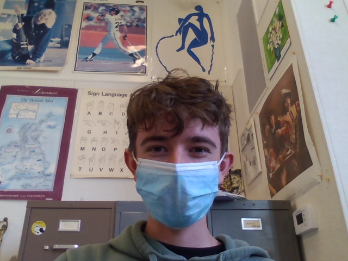
Jeremy Slayter is a reporter from the Eagle Times. He is new to journalism but is excited to dip his toes into the world of objectively recording events....

